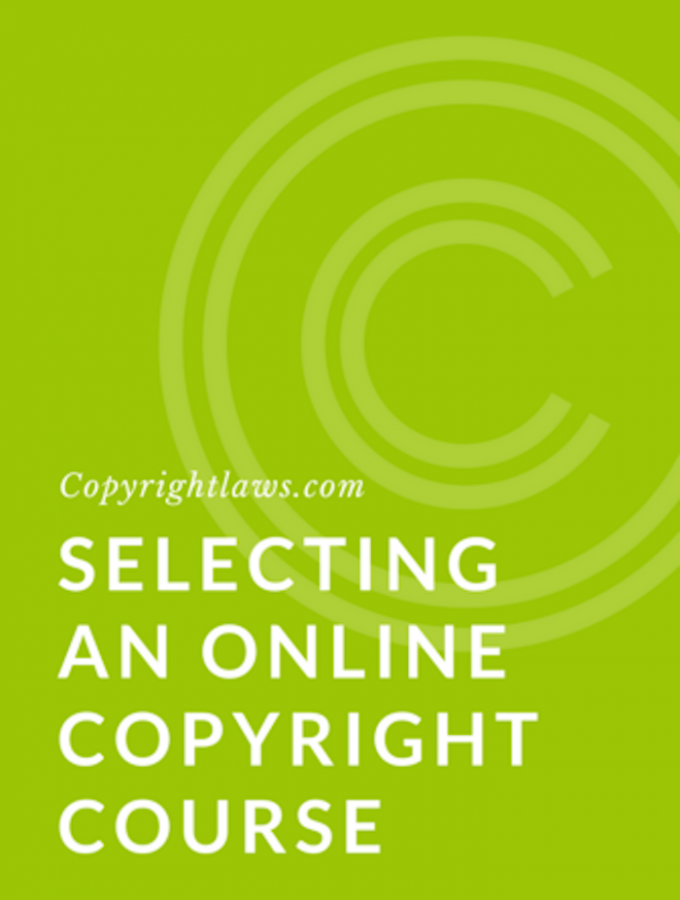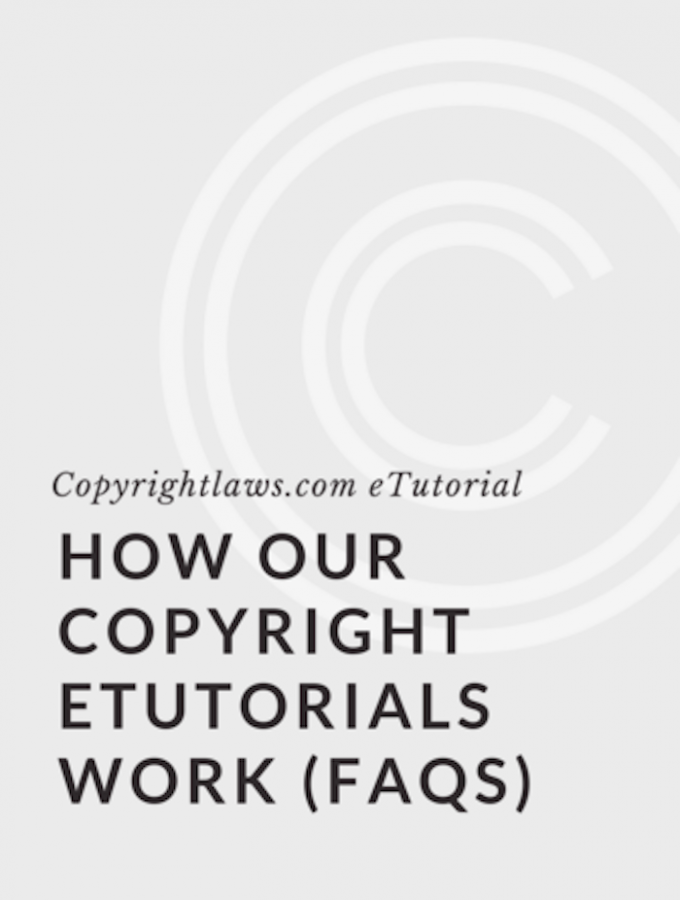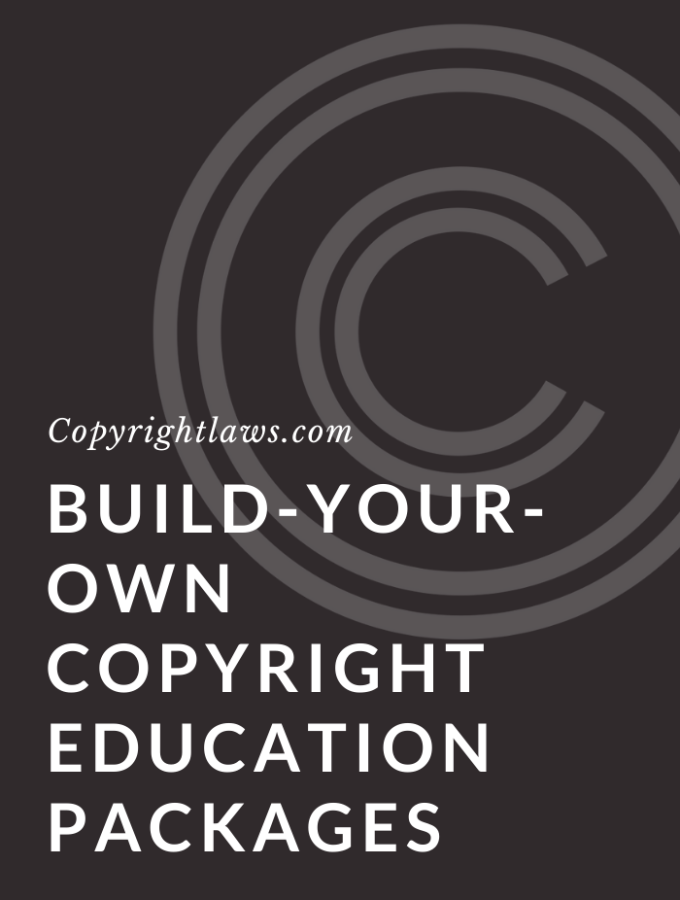All organizations and businesses need to carefully monitor how they legally use the content of others (third-party content), and how they mitigate their copyright infringement risks. If copyright compliance is a priority in your school or business or organization, see the eight practical steps below.
How to Ensure Copyright Compliance in 8 Steps
1. Copyright Duration
The end of the calendar year is also the beginning of the expiration of copyright for many works. Each 1 January, review and determine which books, images and other works that you use have entered the public domain. Check to see whether you’re still trying to obtain permission for (or perhaps avoiding the use of) content that's now freely available and in the public domain. Public domain works are free to use and even adapt without payment or permissions. Here's a primer on the public domain.
2. Licenses
When did you last check your copyright permissions and licensing agreements? Are there any permissions and licenses that have expired or are expiring? Also ask yourself:
- Do you still use this content and need to renew (or not) your license?
- Is there any action required to notify authors/owners of your intent to allow the license to expire?
It's best if you keep an ongoing database of your licenses so you can easily check when licenses expire. If licensing is a major part of the way you acquire content, see the Certificate in Licensing Digital Content.
3. Intellectual Property (IP) Audit
Now is a great time to audit your intellectual property to determine whether your use of others’ IP is legal. On another note, it’s also a great time to inventory your own IP — what you own and how you can exploit and benefit from it.
Remember that copyright is only one area of IP. You may create or own other things such as patents or trademarks that also have commercial value and must be used within the law or according to license agreements. If you own the IP or copyright then you can use, adapt and share it as you like; however, if it's third-party content, you can only use it if you have permission and the use must be according to the terms of the permission or license agreement.
Become a copyright leader in your organization with the Copyright Leadership Certificate.
4. Fair Use Checklist
Fair use allows the use of content without permission. However, it also requires a judgment call as each situation of fair use is based on the particular circumstances at hand. Develop a checklist for use by your organization for evaluating fair use and to ensure its more consistent application.
Note that if your country's Copyright Act does not have a fair use provision, it may have a fair dealing provision and a fair dealing checklist can be equally helpful for your organization.
5. Copyright Compliance Education
Know your organization’s copyright policy and share it! Develop FAQs with copyright questions and simple, clear guidance. Or hold periodic lunch meetings or information sessions for staff and encourage discussion. Include lawyers or speakers, and keep the topics diverse to spur interest and retain attention on this important topic.
Keep in mind that copyright education is an ongoing process. You need to think about new and creative ways to make those in your organization aware of copyright and licensing issues.
6. Trusted Copyright and Licensing Resources
Create a list of resources — websites, books, articles — your organization can rely on to consult when new questions arise. Ensure that someone in your organization keeps this list current.
Please bookmark and include Copyrightlaws.com on your list!
7. Contracts (Licensing) and Copyright
Review ownership in any works consultants create for you or which you create with a partner.
- Do you have a clear written agreement?
- What does this agreement say?
- What are the rights each of you possesses in the IP?
It's always best to have a written agreement with consultants (and employees too) that addresses ownership of content created under that work relationship.
8. Monitoring Unauthorized Uses of Content
Protect your interests by setting up a monitoring system for legal use of third-party content. Check your licenses to ensure your use of content is within their terms and conditions, use a permissions checklist or form letter for obtaining permission to use content, and consistently apply copyright law in your workplace.
One area to be aware of is images used in presentation slides. Only authorized images can be used in those slides. See Legally Using Images in Presentation Slides.
Compliance Is Ongoing
Copyright is evolving: as digital access offers new opportunities for monetizing content, it also increases exposure to potential risks of copyright infringement. However, the basic principles of managing and monitoring copyright still stand. Undertaking periodic reviews or copyright audits is a good way to ensure that your organization both benefits from its own content and remains within the law when using third-party content.
Need to learn more about copyright law in plain English? See our online copyright courses.



